 Is the Korean Kimchi Premium still front-running Bitcoin price? Andjela Radmilac · 22 mins ago · 3 min read
Is the Korean Kimchi Premium still front-running Bitcoin price? Andjela Radmilac · 22 mins ago · 3 min read
We back-test the signal across cycles and size its edge today.

Cover art/illustration via CryptoSlate. Image includes combined content which may include AI-generated content.
For almost as long as Bitcoin has been trading, Korea’s “kimchi premium” has been one of the market’s favorite ghost signals.
When spot prices in South Korea climb faster than those in the US, traders interpret this as a sign of retail demand surging, capital trapped, and liquidity tilting East.
When the spread collapses, the story flips: global appetite cooling, arbitrage exhausted, sentiment souring. Every few cycles, someone proclaims the premium dead. Then it flares up again.
The kimchi premium (the difference between Bitcoin’s price on US and South Korean exchanges) has climbed to about 4%, while Bitcoin price itself has drifted down roughly 5% in a week.
That divergence raised an old question: Does this spread still front-run moves in BTC, or is it just noise amplified by volatility?
The short answer: it’s a rhythm, not a rule.
Data shows that the premium’s directional flips, i.e., when Korean BTC trades shift from discount to premium or vice versa, tend to cluster around turning points. However, level alone, however spicy the name, doesn’t predict much.
After spending the summer grinding between $110,000 and $120,000 and finally breaking its $125,000 ATH, Bitcoin’s volatility snapped back last Friday as tariff headlines rattled global risk assets. Bitcoin ETF volumes almost reached $10 billion on Friday while Bitcoin lost 5% in a week.
Through it all, Korean exchanges began paying up again. The kimchi premium widened by 1.7 percentage points even as Coinbase and its premium barely budged, holding a wafer-thin 0.09% premium.
A spike in the kimchi premium while Coinbase’s US premium remains flat is a common combination. In 2021, Korea’s retail inflow cycle drove premiums north of 15%. I
n 2018, the same index swung to a discount as domestic traders rushed for exits. What makes 2025’s pattern interesting is timing: premiums are rising into weakness, not chasing strength. Historically, that setup often preceded rebounds.
 Graph showing Bitcoin’s kimchi premium from Jan. 1 to Oct. 13, 2025 (Source: CryptoQuant)
Graph showing Bitcoin’s kimchi premium from Jan. 1 to Oct. 13, 2025 (Source: CryptoQuant)Looking at the data for 2025, the kimchi premium’s zero-crossing points, where the spread flips from negative to positive, were followed by +1.7% average returns after seven days and +6.2% after thirty, with win rates: 67% and 70%, respectively.
The correlation between the premium’s level and forward returns is slightly negative, about −0.06, meaning elevated premiums alone don’t guarantee upside.
What matters is the transition: when capital flow shifts direction. Coinbase’s premium, by contrast, doesn’t show the same signal. Its flips lead to roughly flat returns, with weaker win rates around 55%. The difference speaks to the nature of both markets.
Korea’s capital controls and limited arbitrage bandwidth turn the local premium into a proxy for marginal buying pressure. Coinbase’s spread, narrow and institutional, reflects flow friction, not crowd behavior.
This is because Korean fiat rails make it hard to move KRW in and out quickly. When domestic traders get aggressive, prices climb faster than arbitrageurs can offset them with cross-venue sales. That slippage shows up as a premium.
When sentiment sours, the process reverses.
The premium’s zero point (when prices in Seoul match those in the US) is where that imbalance momentarily resolves. It’s the inflection traders care about. In effect, the kimchi premium behaves like a sentiment oscillator wrapped in regulatory friction. It lags global flows when capital is locked, then overcorrects once liquidity catches up. Its value isn’t that it predicts Bitcoin’s next move; it’s that it reveals who’s still buying when everyone else hesitates.
Last week’s crash fits that pattern. Global desks were deleveraging around tariff fears, while retail-heavy Korean exchanges were still seeing inflows. The premium widened even as the price fell: a small but telling divergence.
Whether that resolves into another relief rally will depend less on Korea itself than on how quickly US traders rotate back into spot exposure once macro pressure cools. However, given the spot market’s minuscule size compared to derivatives, it might take more than just a sentiment reversal to reach significant volumes.
The numbers also tell us that the effect of these spreads fades as the market matures. As arbitrage bandwidth improves and more institutions join the market, regional spreads lose some of their edge.
At 4%, the kimchi premium is far from a retail bubble waiting to burst. It’s elevated about 1.35 standard deviations above its 2025 average but still within the normal range of regional divergence. It tells us Korean traders are leaning into volatility, not retreating from it.
Local intensity can still matter at the margin in a market that’s become almost desensitized to billion-dollar ETF flows.
So does the kimchi premium still front-run Bitcoin?
Sometimes, yes, but only when it moves decisively.
The level isn’t the signal; the change is. For now, Korea is paying up while the rest of the world hesitates. Whether that spread closes through a rally or through exhaustion will reveal what kind of volatility phase Bitcoin is really in.




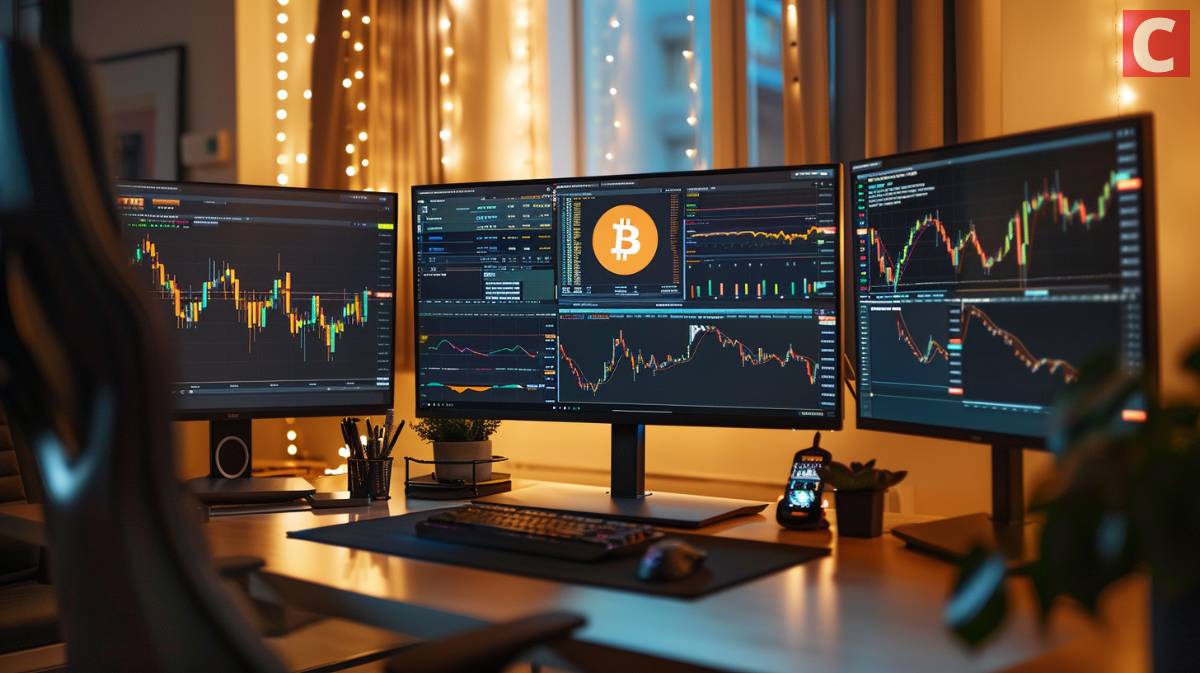
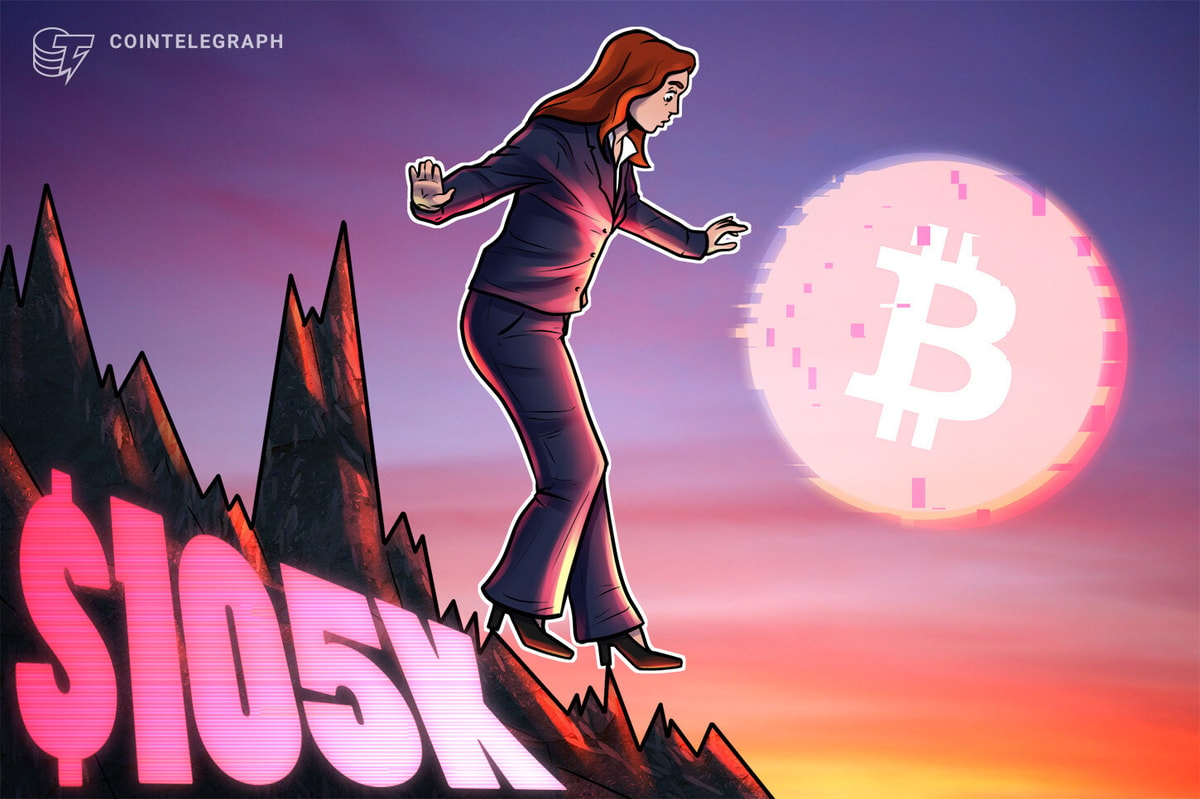

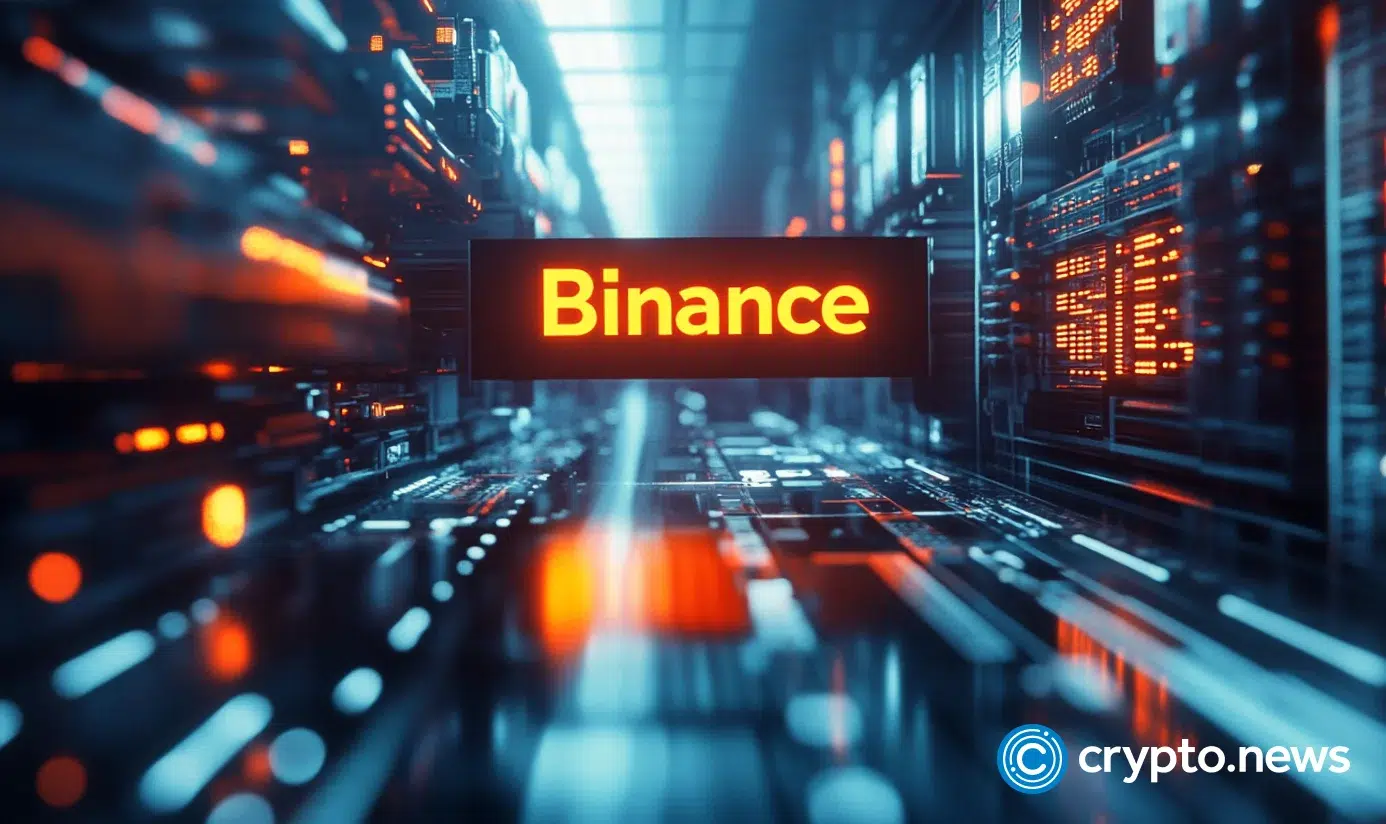
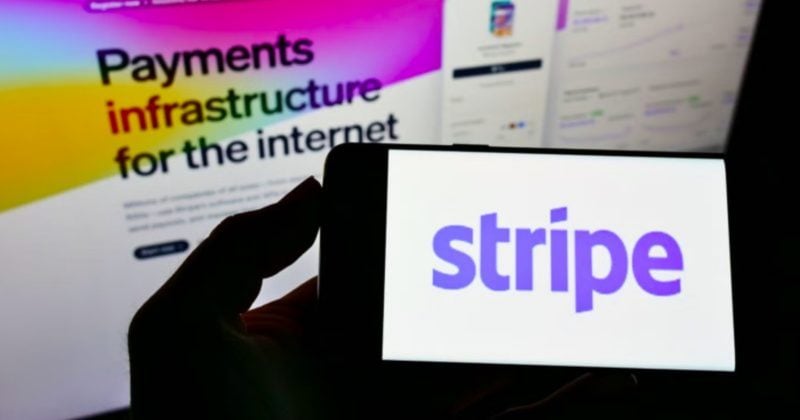








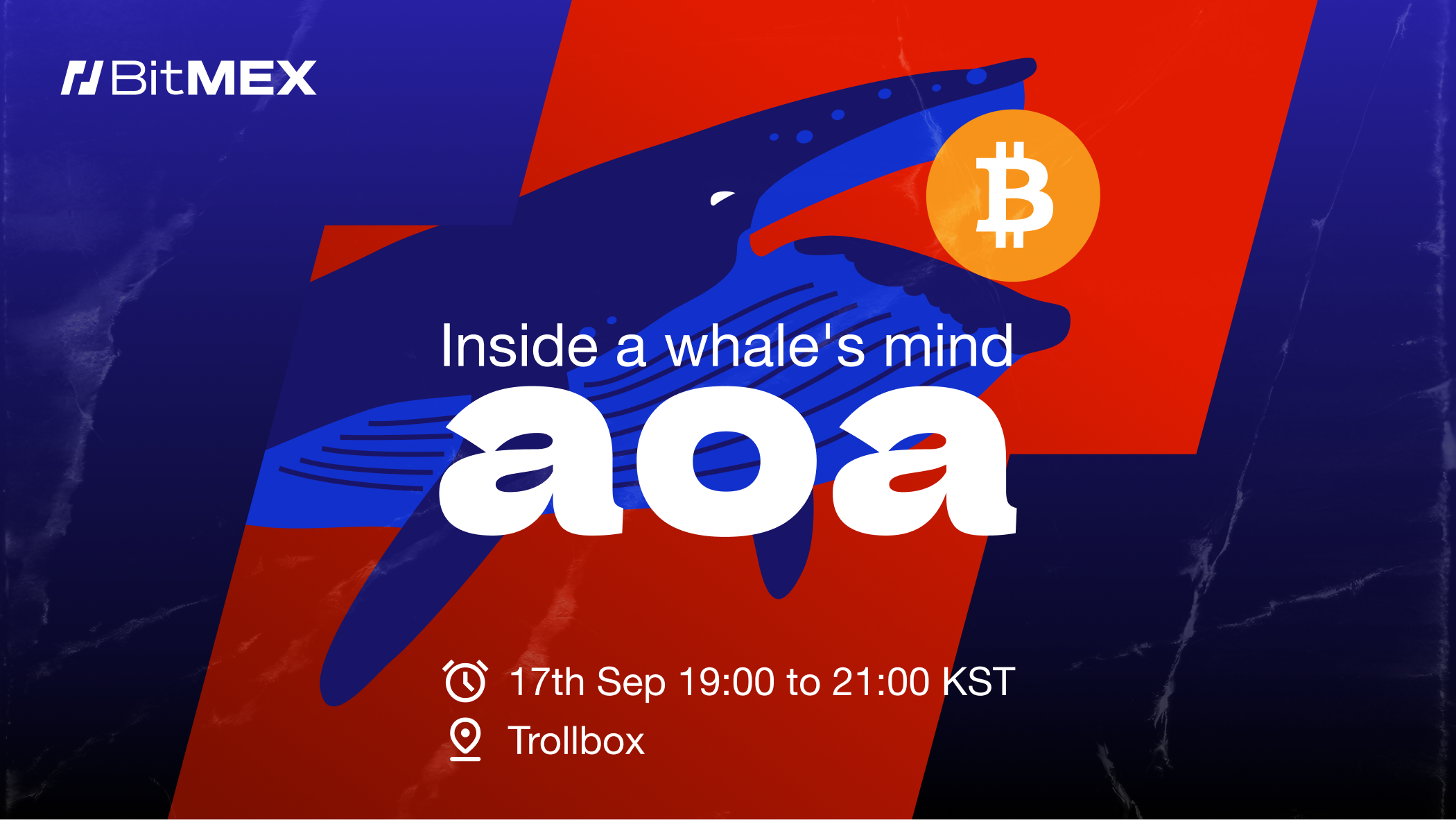

 English (US) ·
English (US) ·